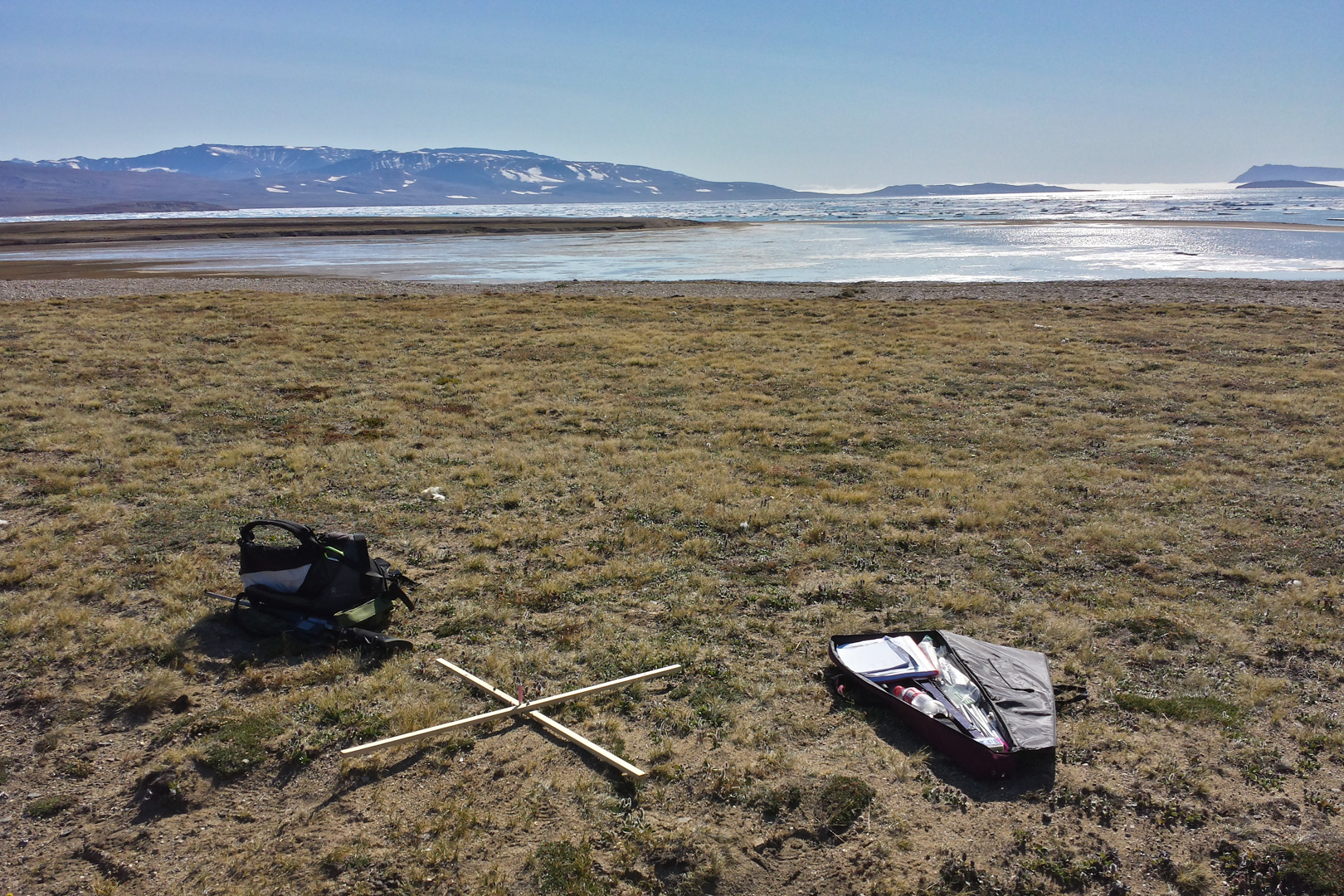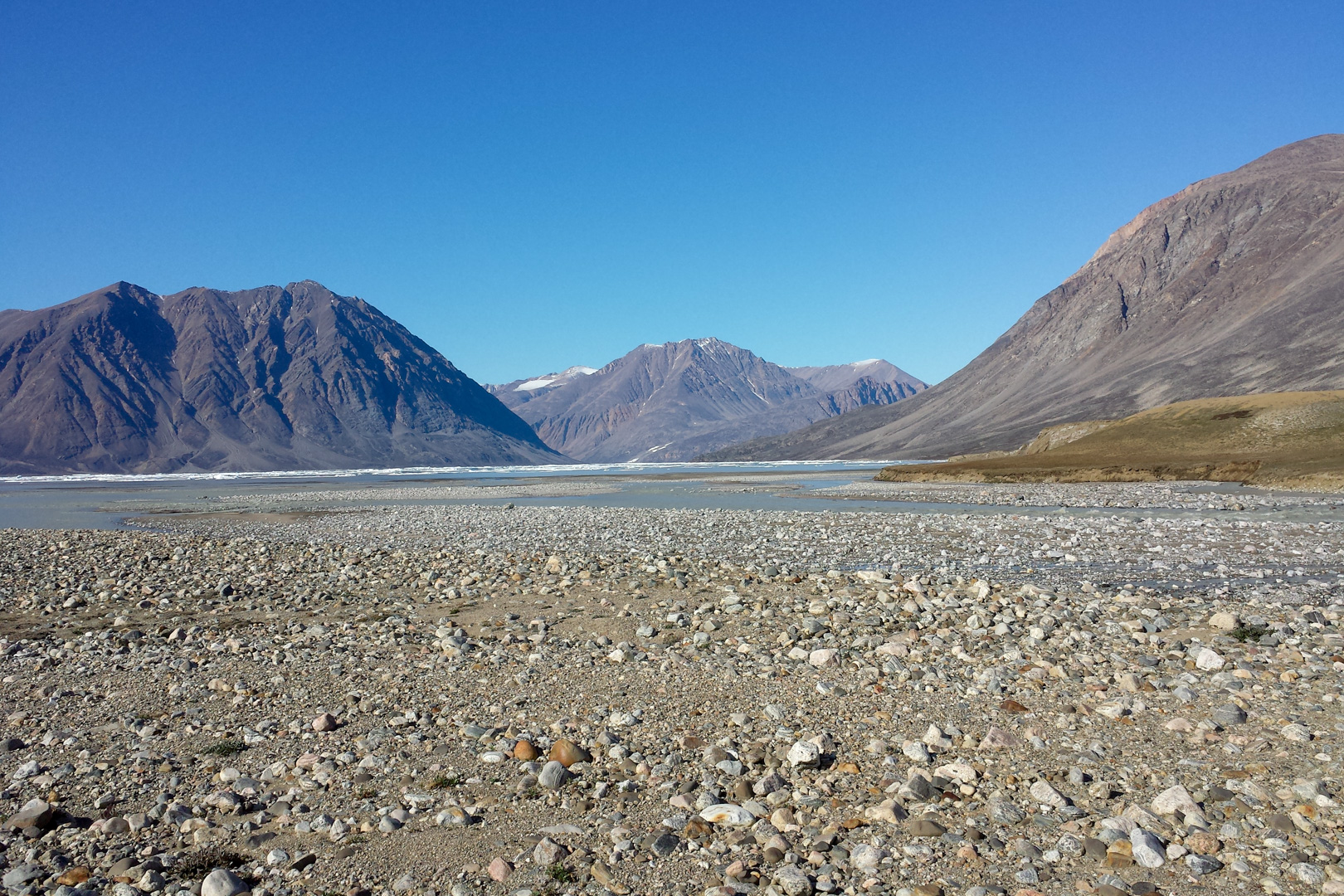Zackenberg
Effect of Climate Change on Arctic Vegetation
Terrestrial plant communities provide important resources for animals and humans, and play an important role in global biochemical cycles. Climate change can shuffle these communities and therefore affect the structure and functioning of ecosystems. Studying both the distribution of arctic plant species and communities, as well as its drivers is necessary to predict changes in community composition in the future.

Vegetation monitoring in Zackenberg (northeast Greenland) suggests plant communities to be relatively stable over the last 15 years (in spite of a significant rise in temperature). Vegetation types and functional groups react to temperature changes with varying degree and direction.
In general, a gradual redistribution of vegetation types was found, with increased homogenization of community composition due to dwarf-shrub expansion in all directions.
Publications
Stewart et al.: The regional species richness and genetic diversity of Arctic vegetation reflect both past glaciations and current climate. Global Ecology and Biogeography, 25 (4): 430-442, Oxford: Wiley-Blackwell, 2016. doi: 10.1111/geb.12424
Pellissier et al.: Past climate-driven range shifts and population genetic diversity in arctic plants. Journal of Biogeography, 43 (3): 461-470, Oxford: Wiley-Blackwell, 2016. doi: 10.1111/jbi.12657


